
Welcome to Hyperion Records, a British classical label devoted to presenting high-quality recordings of music of all styles and from all periods from the twelfth century to the twenty-first.
Hyperion offers both CDs, and downloads in a number of formats. The site is also available in several languages.
Please use the dropdown buttons to set your preferred options, or use the checkbox to accept the defaults.

from notes by R Larry Todd © 2014
extrait des notes rédigées par R Larry Todd © 2014
Français: Hypérion
aus dem Begleittext von R Larry Todd © 2014
Deutsch: Viola Scheffel
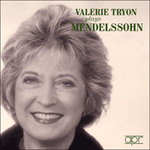 Mendelssohn: Valerie Tryon plays Mendelssohn Mendelssohn: Valerie Tryon plays Mendelssohn BBC Music Magazine» More BBC Music Magazine» More |
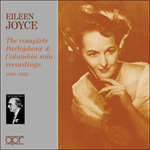 Eileen Joyce - The complete Parlophone & Columbia solo recordings Eileen Joyce - The complete Parlophone & Columbia solo recordings‘Listening to Joyce is strangely addictive. One cannot wait, as it were, to read the next chapter. She shares with Kreisler and Tauber the same unteac ... ‘The quality that comes across in these performances is the sheer joy of playing. Joyce possessed a formidable technique and an interpretative mind th ...» More |
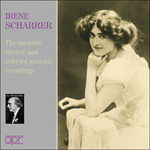 Irene Scharrer - The complete electric and selected acoustic recordings Irene Scharrer - The complete electric and selected acoustic recordings‘If [Irene Scharrer]'s remembered from her recordings it’s really only the one, and that was ironically the last she made, Litolff’s Scherzo from the ...» More |
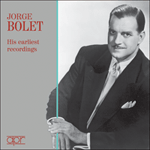 Jorge Bolet - His earliest recordings Jorge Bolet - His earliest recordings‘This invaluable reissue of discs dating from 1952-53 is a reminder of Jorge Bolet's early stature. The first-ever recording of Prokofiev's malignant, ...» More |
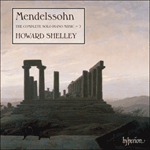 Mendelssohn: The Complete Solo Piano Music, Vol. 2 Mendelssohn: The Complete Solo Piano Music, Vol. 2Howard Shelley is acclaimed as the living master of early Romantic piano music. Here he presents the second instalment of a six-volume set of Mendelssohn’s solo piano music. This volume includes the Rondo capriccioso, a favourite virtuoso concert ...» More |
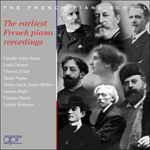 The earliest French piano recordings The earliest French piano recordingsThis set brings together some of the earliest and rarest piano recordings ever made, not just in France, but worldwide, and includes the complete solo recordings of all the pianists featured except Wurmser. The French office of the Gramophone Comp ...» More |
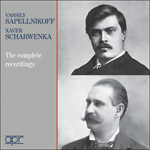 Vassily Sapellnikoff & Xaver Scharwenka - The complete recordings Vassily Sapellnikoff & Xaver Scharwenka - The complete recordingsVassily Sapellnikoff (1868–1941) and Xaver Scharwenka (1850–1924) were among the earliest generation of pianists to record, and on this ground alone it is surprising that their complete recordings have never before been transferred for modern list ...» More |

